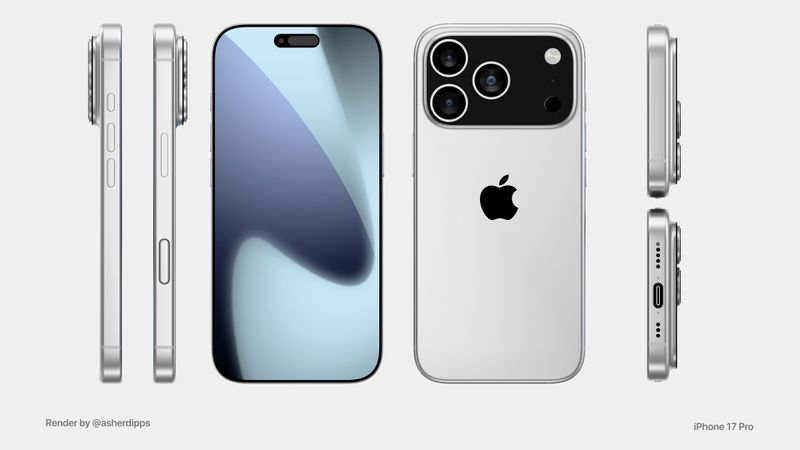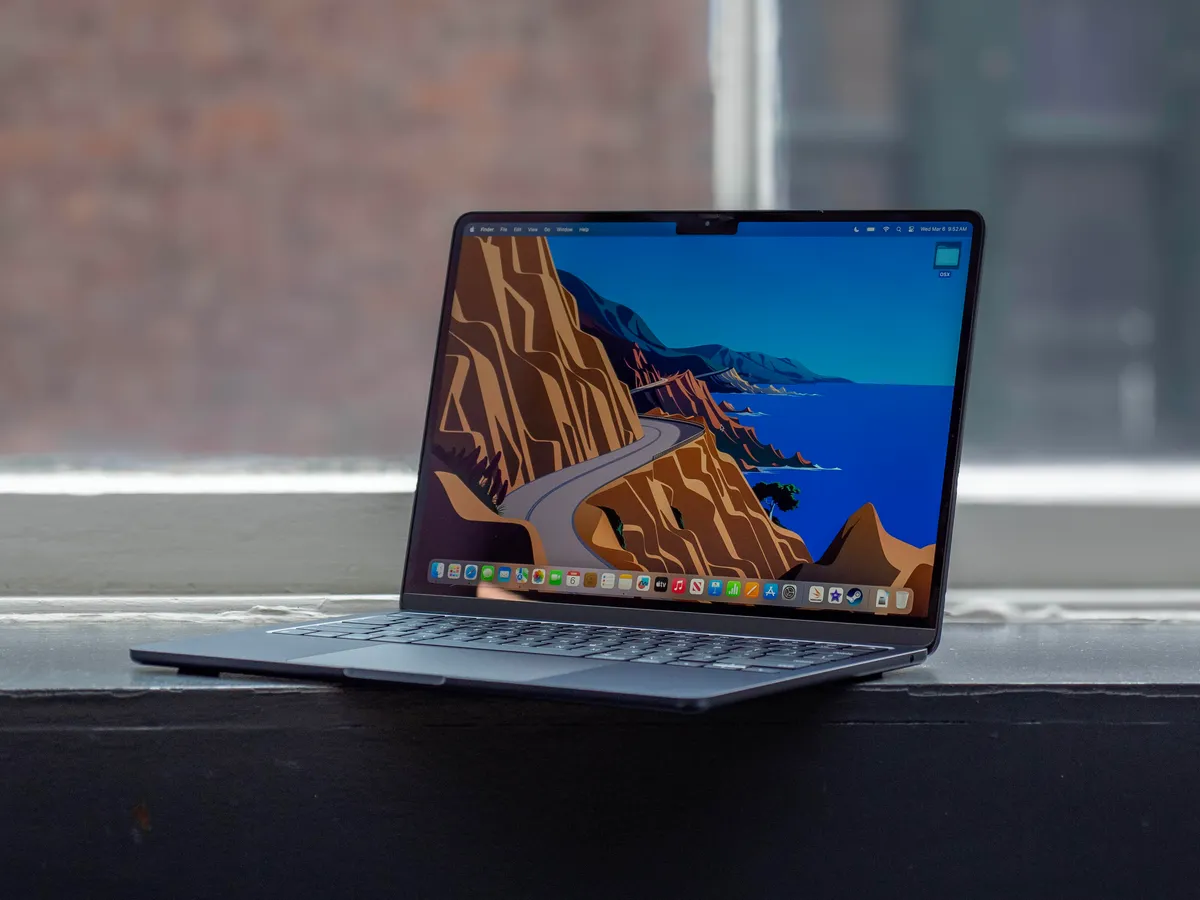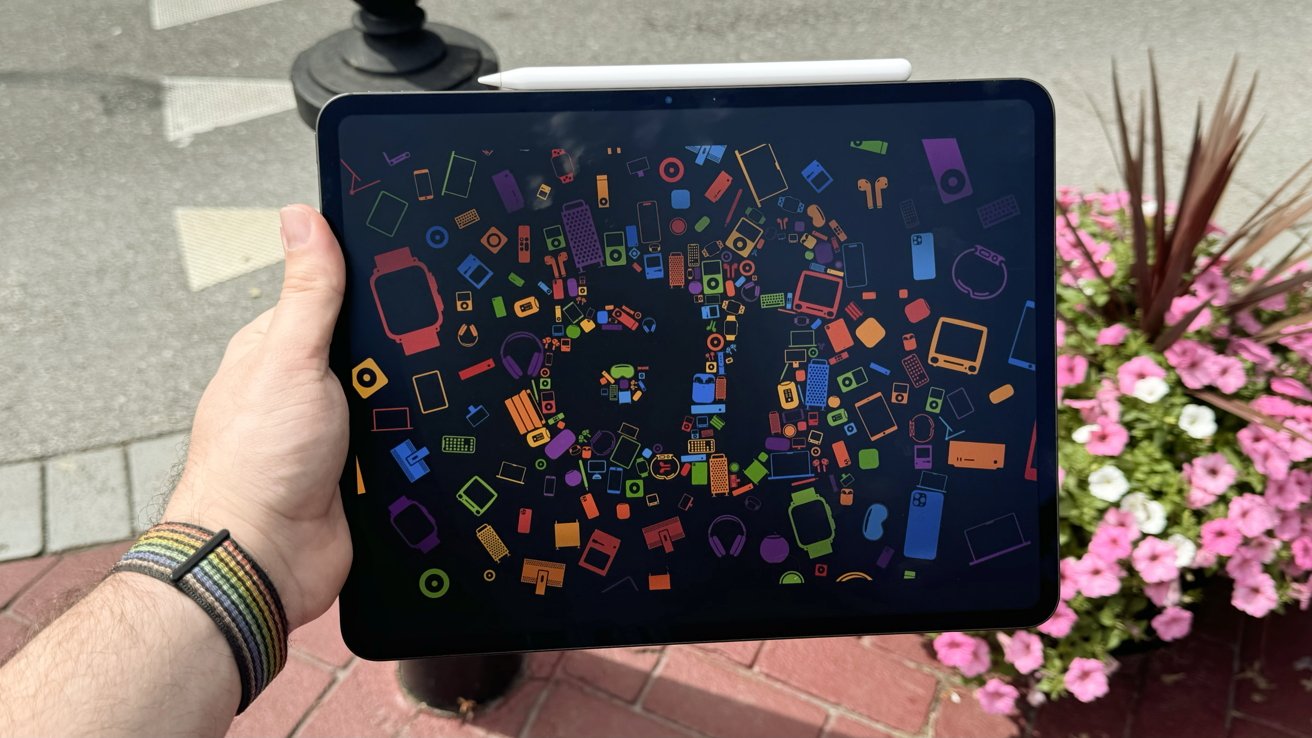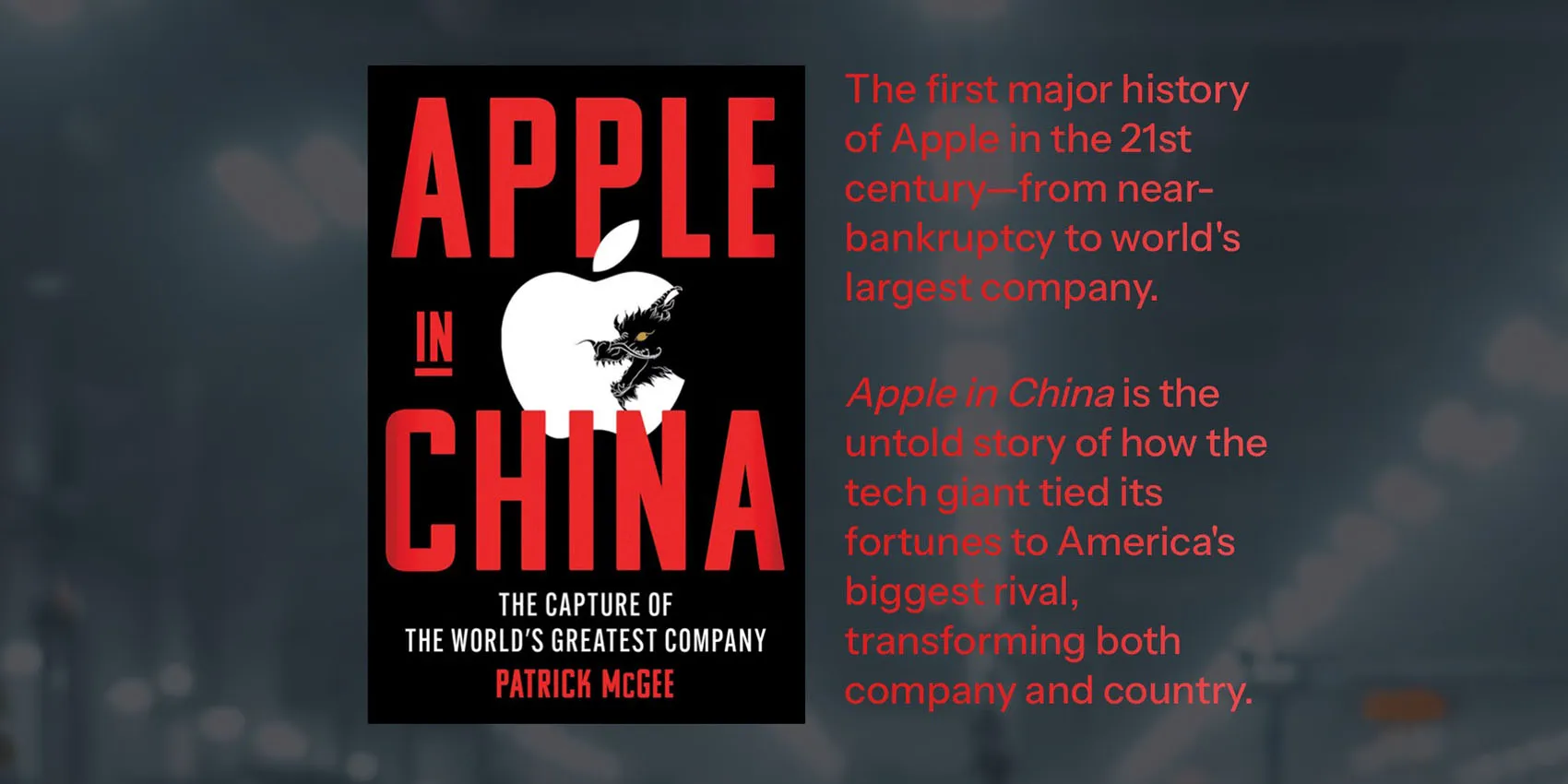Apple recently shared exciting news about pouring $500 billion into the United States over the next four years. This massive investment will bring 20,000 new jobs and grow the company’s work in manufacturing and research, as reported by Bloomberg. The announcement follows a meeting between Apple’s CEO, Tim Cook, and President Donald Trump.
The company has big plans, including building a new server-making plant in Houston. This 250,000-square-foot facility, set to open next year, will team up with Foxconn to create servers for Apple’s Private Cloud computing system. Apple is also launching a supplier training center in Michigan to prepare the next wave of American manufacturers. Plus, they’re expanding data centers in states like Arizona, Oregon, Iowa, Nevada, and North Carolina. Chip-making for some Apple Watch and iPad models has already kicked off at TSMC’s Arizona site.
The 20,000 new jobs will focus on research, chip design, and artificial intelligence. This follows Apple’s earlier push, which added 20,000 research roles in the past five years. In Detroit, Apple will open a special academy to help smaller businesses learn manufacturing skills. The company is also boosting its U.S. manufacturing fund to $10 billion.
“We believe in America’s bright future and are thrilled to add $500 billion to support it,” Cook said. “We’ll keep partnering with people and businesses nationwide to shape an amazing new story for American innovation.”
This news might be timed cleverly, as Trump has talked about adding a 10% tax on imports from China. In his first term, Cook convinced Trump to skip tariffs on iPhones, warning they’d help rivals like Samsung instead.
Apple’s bold move shows its confidence in America and could spark more growth and jobs ahead. Note: Since this topic touches on political and social themes, the discussion is in our Political News forum. Everyone can read it, but only members with 100+ posts can comment.







